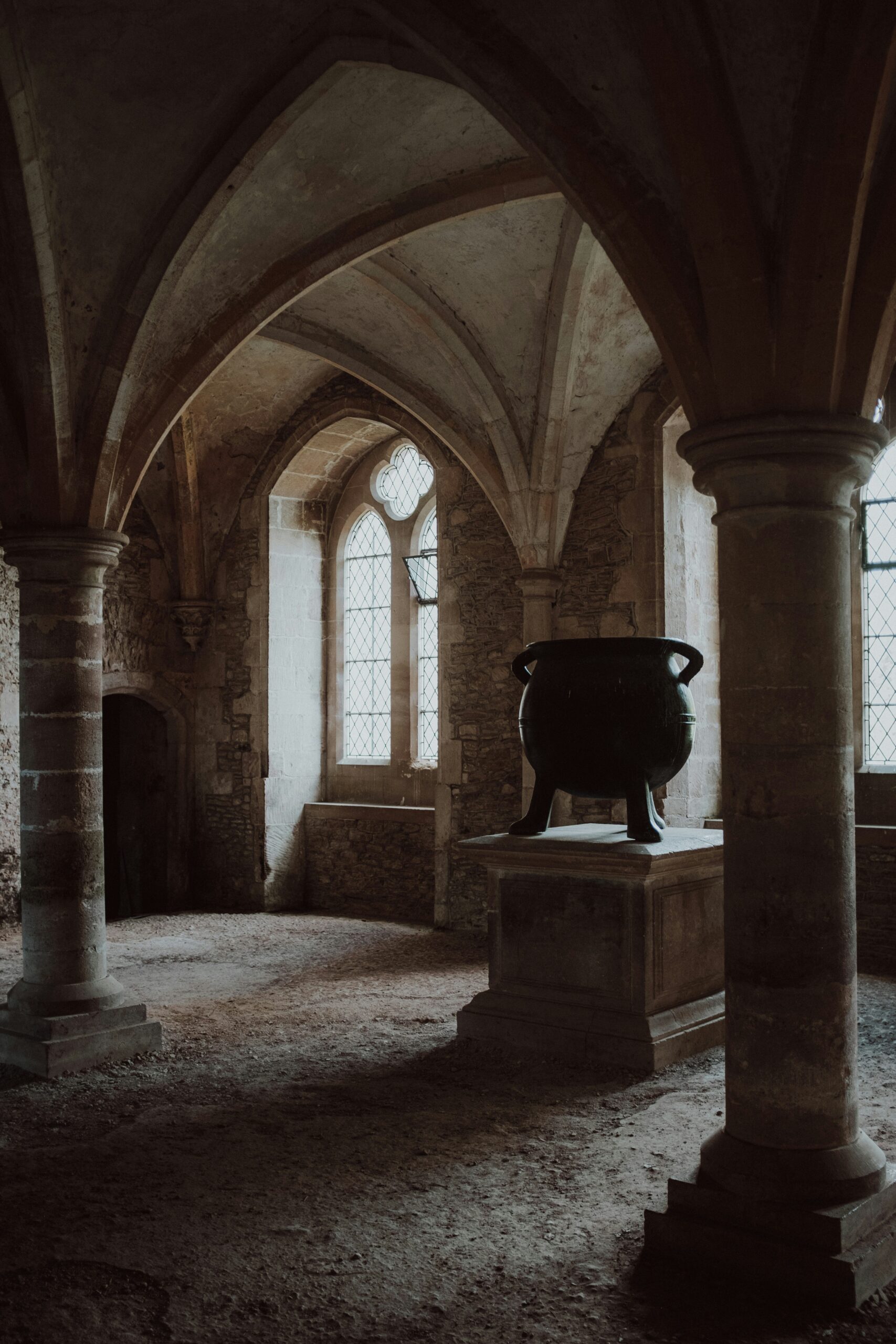Scan your bookshelves, and you’re bound to find a recurring theme: a wealth of witch lit rooted in times long past, settings where candlelight and parchment reign. But what about the “other” historical eras, like the complex tapestry of the 20th century? How often do we find our mystic heroines navigating the trenches of WWI or weaving spells under the shadow of the Cold War’s iron curtain? If you’ve ever wondered how to blend witchy mystique with the events and ethos of the 20th century, this essay is for you.
Before your fingers hit the keyboard, you have to dive into the murky waters of the era you’ve chosen. What were the political squabbles, the societal norms, the fashion faux pas? In addition to devouring books, documentaries, and scholarly articles to feed your brainchild, don’t forget about primary sources! Diaries, letters, and legal documents can all add depth and realism to your story. These resources offer unfiltered insights into the daily lives, language, and emotions of people from your chosen era, providing inspiration for authentic characters and settings. Remember, your goal is to write a narrative so immersive that your reader believes they can smell the bustling streets of Paris during the Belle Époque or feel the tension of a Cold War-era Berlin winter.
Add in the Witches
Consider the historical backdrop—was it a time of skepticism, where the supernatural was scoffed at, as in the roaring twenties, or a period of searching for deeper meaning amidst the disillusionment post-World War I? Did the age of jazz and speakeasies conceal a layer of magical intrigue? How did the collective trauma of global conflicts affect societal perceptions of the supernatural? Explore how underground movements and hidden salons might have served as havens for the practice of witchcraft, from the whispered secrets of the Great Depression to the clandestine gatherings of the swinging sixties. Were there underground movements where women and men explored ancient rites, or was witchcraft something whispered about in the shadows of McCarthy-era America?
As you can see, these questions all offer ripe possibilities for the addition of witches!
Understanding the Era’s Craft
Next, you need to understand how your chosen time viewed and interacted with the idea of witchcraft. This insight is crucial for crafting characters that resonate truthfully within their world. Consider how your witchy protagonists would fit into historical movements, react to societal changes, and face the era’s challenges.
Imagine the scenes that might unfold: Did women gather in clandestine salons, trading whispered secrets and herbal remedies under the guise of book clubs during the Great Depression? Did they read tarot cards by candlelight in hidden rooms behind jazz bars in the 1920s, seeking guidance in an uncertain world? Or perhaps, in the tense atmosphere of the Cold War, did people turn to witchcraft as a form of psychological comfort or rebellion against the prevailing scientific rationalism?
Understanding the nuances of your era’s perspective on witchcraft and the occult will help you craft characters that resonate authentically within their world. This insight allows you to depict their practices, challenges, and societal interactions with a depth that goes beyond mere stereotypes, making them true to their time yet fascinating to contemporary readers.
Avoid Anachronisms
Anachronisms are like weeds in the garden of historical fiction: they can grow unnoticed but quickly overshadow the beauty of your narrative’s authentic landscape. An anachronism, essentially, is an element—be it an object, phrase, technology, or behavior—that doesn’t belong to the time period being portrayed. Imagine the jolt a reader feels when a character from the roaring 1920s pulls out a smartphone to make a call or a Cold War spy in the 1960s uses modern GPS technology to navigate the streets of Moscow. These glaring inaccuracies can snap readers out of their suspension of disbelief and undermine the credibility of your story.
Fact-check everything. Before you integrate a particular object, phrase, or concept into your story, verify its historical accuracy. This might mean consulting multiple sources or reaching out to experts. Remember, what may seem innocuous, like a type of zipper, a turn of phrase, or a household item, could be out of place in your story’s time period.
You also want to pay close attention to the language and idioms used by your characters. Language evolves, and words that we use today might not have existed (or had a different meaning) in your story’s era. This extends to slang, jargon, and even curse words.
Don’t forget that technology, fashion, and culture can be significant indicators of time and place. Be wary of introducing modern technology or sensibilities into a historical setting without proper context. This also applies to social attitudes and cultural norms, which can vary greatly from one era to another.
The Allure of the Distant Past
So why do we, as writers, often gravitate towards distant, candle-lit pasts instead of the electrified, tumultuous 20th century? Perhaps there’s comfort in distance, in the romanticized mysteries of bygone eras. Yet, the recent past holds its own allure, filled with untold stories and unexplored intersections between history and mysticism.
The 20th century, with its rapid changes and stark contrasts, offers a rich backdrop for witch lit. It’s a landscape where the old world met new challenges, where the magical can intertwine with the modern in surprising and compelling ways. By venturing into this relatively unexplored territory, writers can uncover fresh narratives and connect with audiences on a new level, blending the familiar with the unexpected.
In embracing the 20th century as a setting for witch lit, we not only expand our creative horizons but also reflect more diverse experiences and histories. This closer-to-contemporary setting allows readers to draw parallels with their own lives, providing a unique lens through which to explore the human condition and our shared history.
